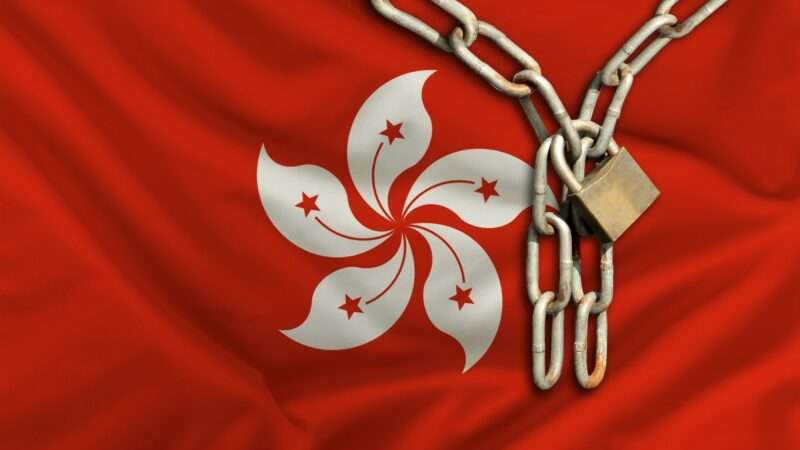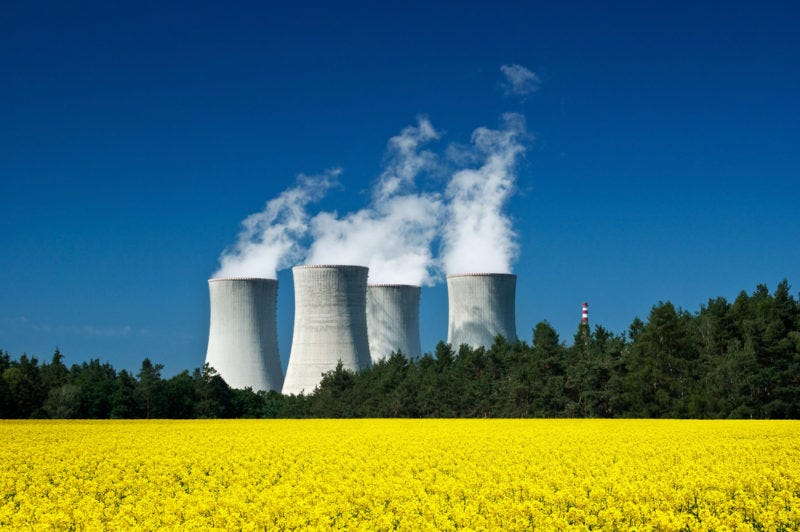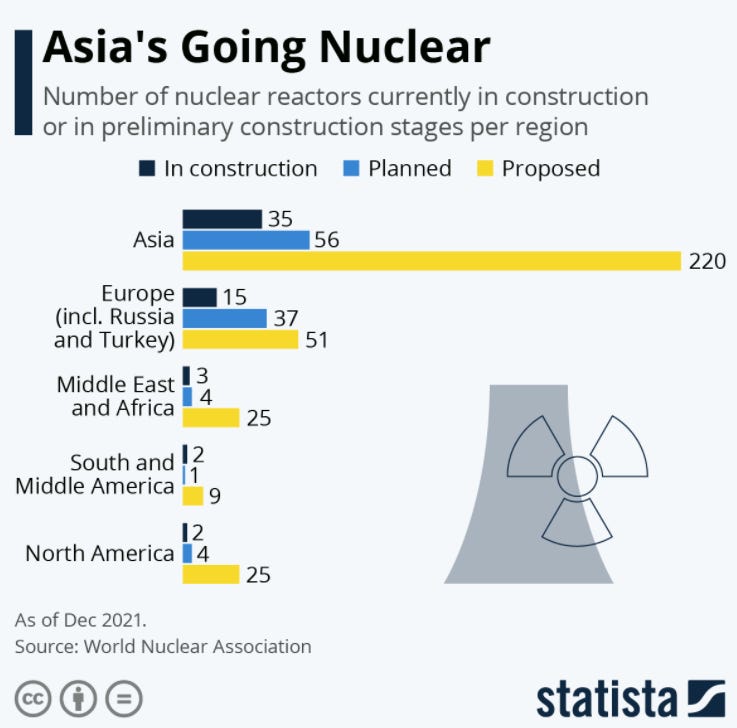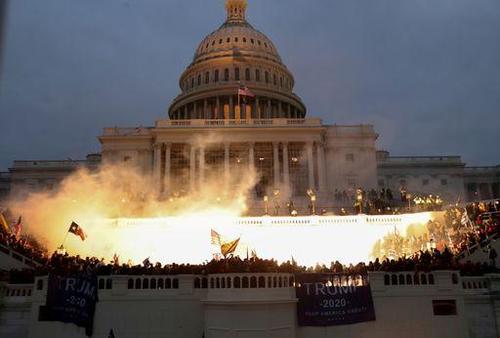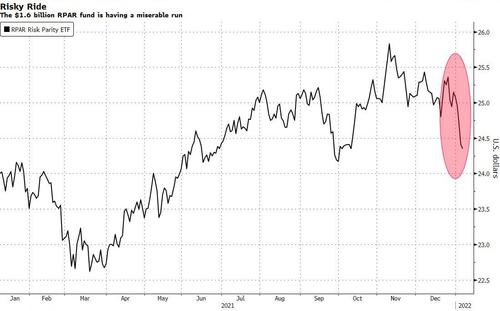Authored by Pepe Escobar via The Saker blog,
Steppe on Fire: Kazakhstan’s Color Revolution
So is that much fear and loathing all about gas? Not really.

Kazakhstan was rocked into chaos virtually overnight, in principle, because of the doubling of prices for liquefied gas, which reached the (Russian) equivalent of 20 rubles per liter (compare it to an average of 30 rubles in Russia itself).
That was the spark for nationwide protests spanning every latitude from top business hub Almaty to the Caspian Sea ports of Aktau and Atyrau and even the capital Nur-Sultan, formerly Astana.
The central government was forced to roll back the gas price to the equivalent of 8 rubles a liter. Yet that only prompted the next stage of the protests, demanding lower food prices, an end of the vaccination campaign, a lower retirement age for mothers with many children and – last but not least – regime change, complete with its own slogan: Shal, ket! (“Down with the old man.”)
The “old man” is none other than national leader Nursultan Nazarbayev, 81, who even as he stepped down from the presidency after 29 years in power, in 2019, for all practical purposes remains the Kazakh gray eminence as head of the Security Council and the arbiter of domestic and foreign policy.
The prospect of yet another color revolution inevitably comes to mind: perhaps Turquoise-Yellow – reflecting the colors of the Kazakh national flag. Especially because right on cue, sharp observers found out that the usual suspects – the American embassy – was already “warning” about mass protests as early as in December 16, 2021.
Maidan in Almaty? Oh yeah. But it’s complicated.
Almaty in chaos
For the outside world, it’s hard to understand why a major energy exporting power such as Kazakhstan needs to increase gas prices for its own population.
The reason is – what else – unbridled neoliberalism and the proverbial free market shenanigans. Since 2019 liquefied gas is electronically traded in Kazakhstan. So keeping price caps – a decades-long custom – soon became impossible, as producers were constantly faced with selling their product below cost as consumption skyrocketed.
Everybody in Kazakhstan was expecting a price hike, as much as everybody in Kazakhstan uses liquefied gas, especially in their converted cars. And everybody in Kazakhstan has a car, as I was told, ruefully, during my last visit to Almaty, in late 2019, when I was trying in vain to find a taxi to head downtown.
It’s quite telling that the protests started in the city of Zhanaozen, smack into the oil/gas hub of Mangystau. And it’s also telling that Unrest Central immediately turned to car-addicted Almaty, the nation’s real business hub, and not the isolated, government infrastructure-heavy capital in the middle of the steppes.
At first President Kassym-Jomart Tokayev seemed to have been caught in a deer facing the headlights situation. He promised the return of price caps, installed a state of emergency/curfew both in Almaty and Mangystau (then nationwide) while accepting the current government’s resignation en masse and appointing a faceless Deputy Prime Minister, Alikhan Smailov, as interim PM until the formation of a new cabinet.
Yet that could not possibly contain the unrest. In lightning fast succession, we had the storming of the Almaty Akimat (mayor’s office); protesters shooting at the Army; a Nazarbayev monument demolished in Taldykorgan; his former residence in Almaty taken over; Kazakhtelecom disconnecting the whole country from the internet; several members of the National Guard – armored vehicles included – joining the protesters in Aktau; ATMs gone dead.
And then Almaty, plunged into complete chaos, was virtually seized by the protesters, including its international airport, which on Wednesday morning was under extra security, and in the evening had become occupied territory.
Kazakh airspace, meanwhile, had to contend with an extended traffic jam of private jets leaving to Moscow and Western Europe. Even though the Kremlin noted that Nur-Sultan had not asked for any Russian help, a “special delegation” was soon flying out of Moscow. Kremlin spokesman Dmitry Peskov cautiously stressed, “we are convinced that our Kazakh friends can independently solve their internal problems”, adding, “it is important that no one interferes from the outside.”
Geostrategy talks
How could it all derail so fast?
Up to now, the succession game in Kazakhstan had been seen mostly as a hit across Northern Eurasia. Local honchos, oligarchs and the comprador elites all kept their fiefdoms and sources of income. And yet, off the record, I was told in Nur-Sultan in late 2019 there would be serious problems ahead when some regional clans would come to collect – as in confronting “the old man” Nazarbayev and the system he put in place.
Tokayev did issue the proverbial call “not to succumb to internal and external provocations” – which makes sense – yet also assured that the government “will not fall”. Well, it was already falling, even after an emergency meeting trying to address the tangled web of socioeconomic problems with a promise that all “legitimate demands” by the protesters will be met.
This did not play out as a classic regime change scenario – at least initially. The configuration was of a fluid, amorphous state of chaos, as the – fragile – Kazakh institutions of power were simply incapable of comprehending the wider social malaise. A competent political opposition is non-existent: there’s no political exchange. Civil society has no channels to express itself.
So yes: there’s a riot goin’ on – to quote American rhythm’n blues. And everyone is a loser. What is still not exactly clear is which conflicting clans are flaming the protests – and what is their agenda in case they’d have a shot at power. After all, no “spontaneous” protests can pop up simultaneously all over this vast nation virtually overnight.
Kazakhstan was the last republic to leave the collapsing USSR over three decades ago, in December 1991. Under Nazarbayev, it immediately engaged in a self-described “multi-vector” foreign policy. Up to now, Nur-Sultan was skillfully positioning itself as a prime diplomatic mediator – from discussions on the Iranian nuclear program as early as 2013 to the war in/on Syria from 2016. The target: to solidify itself as the quintessential bridge between Europe and Asia.
The Chinese-driven New Silk Roads, or BRI, were officially launched by Xi Jinping at Nazarbayev University in September 2013. That happened to swiftly dovetail with the Kazakh concept of Eurasian economic integration, crafted after Nazarbayev’s own government spending project, Nurly Zhol (“Bright Path”), designed to turbo-charge the economy after the 2008-9 financial crisis.
In September 2015, in Beijing, Nazarbayev aligned Nurly Zhol with BRI, de facto propelling Kazakhstan to the heart of the new Eurasian integration order. Geostrategically, the largest landlocked nation on the planet became the prime interplay territory of the Chinese and Russian visions, BRI and the Eurasia Economic Union (EAEU).
A diversionary tactic
For Russia, Kazakhstan is even more strategic than for China. Nur-Sultan signed the CSTO treaty in 2003. It’s a key member of the EAEU. Both nations have massive military-technical ties and conduct strategic space cooperation in Baikonur. Russian has the status of an official language, spoken by 51% of the republic’s citizens.
At least 3.5 million Russians live in Kazakhstan. It’s still early to speculate about a possible “revolution” tinged with national liberation colors were the old system to eventually collapse. And even if that happened, Moscow will never lose all of its considerable political influence.
So the immediate problem is to assure Kazakhstan’s stability. The protests must be dispersed. There will be plenty of economic concessions. Permanent destabilizing chaos simply cannot be tolerated – and Moscow knows it by heart. Another – rolling – Maidan is out of the question.
The Belarus equation has shown how a strong hand can operate miracles. Still, the CSTO agreements do not cover assistance in case of internal political crises – and Tokayev did not seem to be inclined to make such a request.
Until he did. He called for the CSTO to intervene to restore order. There will be a military enforced curfew. And Nur-Sultan may even confiscate the assets of US and UK companies which are allegedly sponsoring the protests.
This is how Nikol Pashinyan, chairman of the CSTO Collective Security Council and Prime Minister of Armenia, framed it: Tokayev invoked a “threat to national security” and the “sovereignty” of Kazakhstan, “caused, inter alia, by outside interference.” So the CSTO “decided to send peacekeeping forces” to normalize the situation, “for a limited period of time”.
The usual destabilizing suspects are well known. They may not have the reach, the political influence, and the necessary amount of Trojan horses to keep Kazakhstan on fire indefinitely.
At least the Trojan horses themselves are being very explicit. They want an immediate release of all political prisoners; regime change; a provisional government of “reputable” citizens; and – what else – “withdrawal of all alliances with Russia.”
And then it all gets down to the level of ridiculous farce, as the EU starts calling on Kazakh authorities to “respect the right to peaceful protests.” As in allowing total anarchy, robbery, looting, hundreds of vehicles destroyed, attacks with assault rifles, ATMs and even the Duty Free at Almaty airport completely plundered.
This analysis (in Russian) covers some key points, mentioning, “the internet is full of pre-arranged propaganda posters and memos to the rebels” and the fact that “the authorities are not cleaning up the mess, as Lukashenko did in Belarus.”
Slogans so far seem to originate from plenty of sources – extolling everything from a “western path” to Kazakhstan to polygamy and Sharia law: “There is no single goal yet, it has not been identified. The result will come later. It is usually the same. The elimination of sovereignty, external management and, finally, as a rule, the formation of an anti-Russian political party.”
Putin, Lukashenko and Tokayev spent a long time over the phone, at the initiative of Lukashenko. The leaders of all CSTO members are in close contact. A master game plan – as in a massive “anti-terrorist operation” – has already been hatched. Gen. Gerasimov will personally supervise it.
Now compare it to what I learned from two different, high-ranking intel sources.
The first source was explicit: the whole Kazakh adventure is being sponsored by MI6 to create a new Maidan right before the Russia/US-NATO talks in Geneva and Brussels next week, to prevent any kind of agreement.
Significantly, the “rebels” maintained their national coordination even after the internet was disconnected.
The second source is more nuanced: the usual suspects are trying to force Russia to back down against the collective West by creating a major distraction in their Eastern front, as part of a rolling strategy of chaos all along Russia’s borders.
That may be a clever diversionary tactic, but Russian military intel is watching. Closely. And for the sake of the usual suspects, this better may not be interpreted – ominously – as a war provocation.
